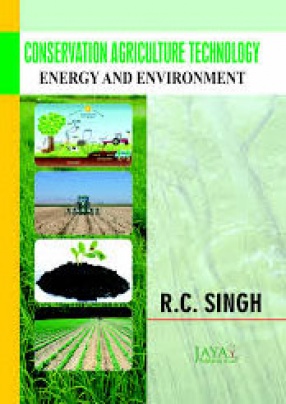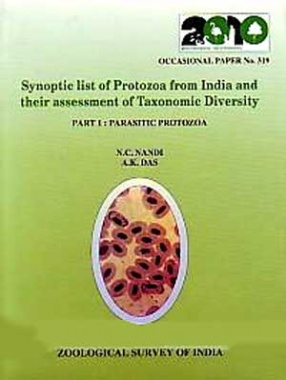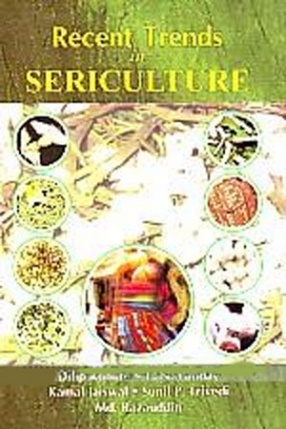Today there is an increasing awareness and concern for affordable and energy efficient equipment and technology for cost-effective production of crops focused at increasing yield, reducing cost of cultivation, preventing losses, efficiently utilizing input resources (mainly irrigation water) and raising farm income. In conservation agriculture, interventions such as soil tillage are reduced to an absolute minimum, crop rotations followed and the use of external inputs such as agrochemicals and nutrients of mineral or organic origin are applied at an optimum level without interfering with biological processes. Conservation agriculture technologies conserve resources, enhance yields and benefit: cost ratio: and improve soil health in long term. In India, efforts to adapt and promote conservation agriculture technologies have been underway for nearly two decades but it is only in the past 8 to 9 years that the technologies are finding acceptance by the farmers. Efforts to develop and spread these technologies have been made through the combined efforts of several state agricultural Universities, ICAR institutes, Central and State Governments and Rice-Wheat consortium. Promotion of conservation agriculture will sustain the production of cereal, oil seed and pulse crops, which are facing a substantial decrease due to changing climatic scenario. Dr. R.C. Singh of the Central Institute of Agricultural Engineering, Bhopal, has done a commendable job in collecting and analyzing the results of scientific work done within the country and abroad on the energy efficient technologies for conservation agriculture and compiled in the form a book entitled “Conservation Agriculture Technology-Energy and Environment”. The book contains 7 chapters dealing with energy and greenhouse gas measurements, conservation tillage energy and environment, controlled traffic machinery-energy and economics, mulching and weed management technology-energy and environment, energetic of pumping irrigation and greenhouse gas emission, crop residue management-energy and environment, and carbon sequestration/credit and trading. The information provided in the book will further facilitate scientific investigations to study the parameters to optimize the soil health and carbon sequestration.
Contents: Foreword. Preface. 1. Energy and greenhouse gases measure in agriculture. 2. Conservation tillage: energy and environment. 3. Control traffic machinery: energy and economics. 4. Mulching and weed management technology: energy and environment. 5. Energetic of pumping irrigation and GHC emission. 6. Crop residue management: energy and environment. 7. Carbon sequestration credit and trading. Appendices. Index.





There are no reviews yet.